"We’ve seen a surge in non-prime time hours for kids in the last 4-5 months"
The kids’ genre in television saw 30 per cent category growth during Q2 of 2020, according to Madison Advertising Report for H1 2020. The category, which accounts for Rs 200-250 crore revenue in the overall TV AdEx, is expecting an upswing in H2 2020.
The Disney Kids Network was able to release 100 hours of fresh content in the last few months. This includes new seasons of popular shows like ‘Bapu’, ‘Guddu’, ‘Selfie With Bajrangi’, ‘Bhaagam Bhag’ and relaunch of ‘The Hagemaru Show’, which attracted more than 1.6 million kids eyeballs (Hungama). The premiere of the ‘Doraemon’ movie was the highest rated film release in the last two and a half years.
Also read: Ryan Shiotani on CBeebies’ return & growth of the kids’ genre during COVID-19
On September 6, Disney channel will launch a new show, called ‘Imagine That’, hosted by Rob, previously the host of M.A.D (Music, Art, Dance). Rob has his own YouTube channel, where he uploads DIY content weekly. In the new show, Rob will share DIY recipes for upcycling items that we would normally throw away. The show has roped in Cello ColourUP, BYJUs and ITC Savlon as sponsors and will air every Sunday at 9.30 am.
In conversation with Adgully, Anuradha Aggarwal, Head – Infotainment and Kids, Star and Disney India, speaks about their new show ‘Imagine That’ and how the Disney Kids Network was able to outpace the category growth by registering 40 per cent viewership increase during the lockdown.
Tell us about the show ‘Imagine That’.
We believe kids have a natural desire to explore, a fabulous imagination and are constantly looking to create. We want this new show to basically inspire them to express themselves by upcycling products. Repurposing can help you create meaningful products out of the simplest of things. With fabulous partners and sponsors like Cello ColourUP, BYJUs and ITC Savlon, we have a property which will stay in the consumers’ minds and the child’s imagination for a long time to come.
Upcycling is a new word for something we’ve been doing in India for a long time. My mother would upcycle ‘ghee’ canisters and milk packets and some of you might have had the same experience. I think this is a principle we must pass on to our children as our kids have a plethora of ideas, they also have a huge amount of waste around them. Shows like ‘Imagine That’ really inspire kids to make something purposeful and meaningful. In today’s world, e-waste is a new kind of waste and everything from mobile phone covers and SIM cards can be made into something fantastic and that’s what exciting about this show.
I am personally a very engaged DIYer, who loves to make things at home and would love to see Rob inspire and spark the imagination. Even as an adult I can get ideas from what he’s doing.
The show is slated at the 9.30 am slot. What’s the core audience you are anticipating and are you expecting a lot of co-viewing?
Sunday 9.30 am is a time when a lot of kids end up watching television, it is also a time when parents have a little bit of free time. We would love for a lot of co-viewing around this. Like I said, a lot of adults would find this show fun, and moms and kids may sit together and make some of these DIY upcycled items. We really believe that’s where we’ll find value both in terms of viewership as well as engagement.
A lot of DIY content is being sampled on UGC platforms. When you launch a show like this will you have to market it differently?
As a parent, you are always worried about the environment where your children are consuming content. There isn’t too much content which is directed at children on social media, which takes into consideration the age of the child. If you see our content, you’ll see Rob taking care to speak about the hand that is using the scissor. We are speaking about equipment that is safe to use for upcycling and parents appreciate and share positive feedback around that.
Our theme is centered around upcycling, we are not introducing decorative material to the concept of repurposing everyday things and making it extraordinary through DIY. Of course, we have Rob, who is a friend and mentor and will make the narrative of the show interesting.
Why are you experimenting with live action instead of animation?
Disney has had live action shows before the lockdown as well. The DIY format works really well when the kids can see someone do the activity. The format needed us to bring a real person and Rob is a legend at DIY. We believe that showing kids what they are making in real life is necessary. If you saw our edit, we are speaking to a very large band. We believe that Disney is a family entertainment channel and it is targeted at younger kids who might be watching with their parents and older kids who might do this by themselves.
You don’t learn DIY by one viewing, so there is a lot of value by watching the show again and again. I believe Rob and his antics and the entertainment value in the show itself can hold the attention for long. I also feel it matches today’s context and will be relevant for a long time to come.
What is your marketing strategy?
We will communicate to families via our Star network of channels. We have this offering going out in multiple languages and we do believe that is going to help. There is a strong digital campaign planned and will leverage our strong social media reach to bring in additional fans to view the show. The interesting aspect is to use the DIY social media influencer community. We will leverage kid influencers, the art community and their following, we are talking to mom blogger community who are also bringing in children to do things physically.
On social media, we are launching an ‘Imagine That’ challenge to keep fans engaged, so whatever kids can make while watching Rob can be submitted and win exciting prize at the end of it. We have ancillary content going out that will make interactions and conversations on our social handles interesting. We will be using digital media world quite extensively to drive interest, engagement, and traffic on our television platforms. Till the time we cannot have collective events, some of that activity will go to digital platforms. Live platforms are engaging, so we will have them happening online for engagement.
What are the factors that have contributed to your category beating viewership during the lockdown?
The interesting thing about TV viewing habits is that there is no prime time viewing anymore. Kids and adults are watching television the entire day and it has stretched the whole timeline as well as added to what we consider non-prime time. It is very hard today to say what the core watching hours are because online school is getting staggered and what we’re seeing are new core bands appearing. The morning daypart has seen a huge growth in viewership because not all schools are doing classes in the morning and children have access to the remote while parents are doing work from home. I would really say that in the last 4-5 months we’ve seen a surge in non-prime time hours for kids.
The viewership is very uniform across the country. The reach and watch time increase come uniformly from across the country. The high TSP places have gone higher and places which were average have also increased. Kids across the country are behaving in a similar manner and I don’t expect it to change.
The outcome of this increase and our gain in influence and preference is a combination of our distribution team to make sure our subscriptions are in place getting more reach in the market, where we may not have had reach in the past as well as content that is delivering on our channel. It is never just one thing like content, distribution or subscriptions. We are really seeing the uptake in subscriptions of the channel, but most of the viewership is coming from the increased time that kids are spending. It is a combination of reach and time spent increase.
The seasonality has also contributed to the viewership. So, summer has been high and I do believe festive will be high also just like earlier times. ‘Imagine That’ is a core part of our festive strategy. I believe viewership will be driven by the same factors that have affected us in the past.
How has the viewership in the last few months translated to advertising?
The genre has fared slightly better than the rest of the industry and so has the Disney network. If you go by the Madison report, the kids’ genre is slated for an upswing in the second half. We are keeping our fingers crossed.
How do you see the advertising on the kids’ genre?
As an advertiser, most of the time I bought any genre for its numerical delivery. We also believe that the kids’ genre should be targeted for its numerical delivery as it does well for the aggregate audience as well as numerical audience. There are two categories that advertise on the kids’ genre – one that speaks to kids and other where kids can be influencers – both categories can find value in this genre.
Will the growth of the kids’ genre come from newer advertisers like BYJU’s?
The growth in the genre is linked to growth in the larger AdEx pie. Interestingly, ITC Savlon came on board even before this conversation about health and hygiene happened, as they wanted to speak to kids. The growth will come from new age advertisers who want to leverage kids influence on their parents.
How are the dynamics of leveraging social media to drive TV viewership playing out?
I believe in my experience as a FMCG marketer, you need 7 points of contact before one conversion happens. Advertising influences the consumer, but they still have to go and buy the product. So, influencers will engage you and create awareness, but the fruition of that awareness will happen on TV. I genuinely believe that this is something that has worked well for the TV world and we should do more of, because long format consumption is still happening on TV.





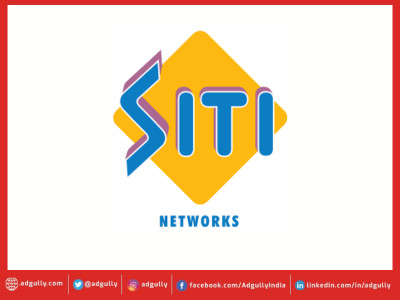



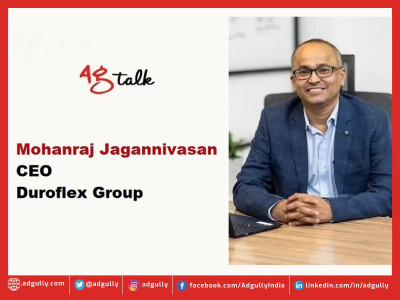
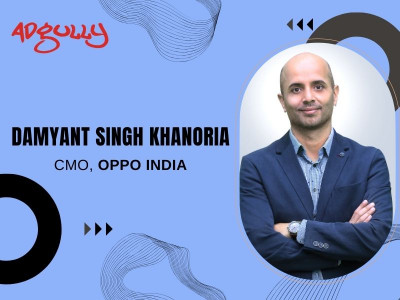
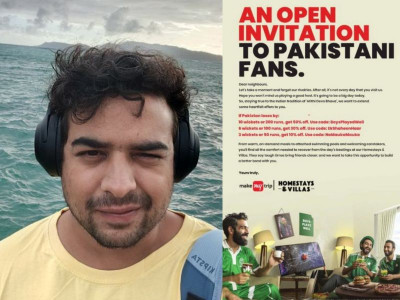


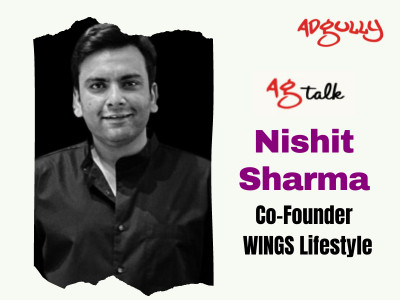

Share
Facebook
YouTube
Tweet
Twitter
LinkedIn